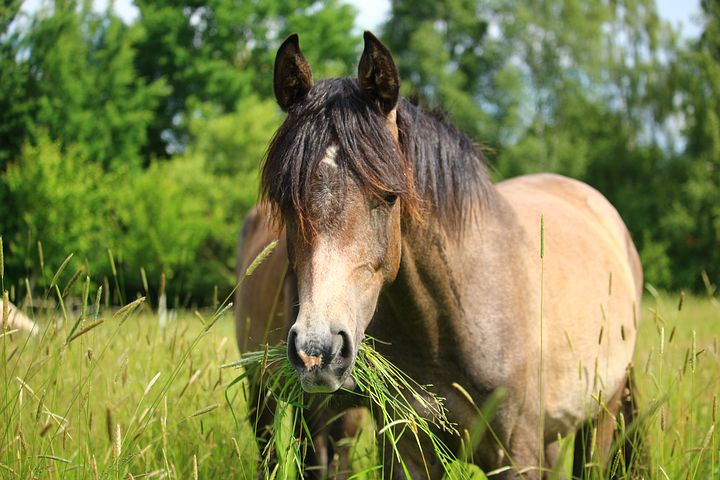We love our equestrian friends, so you probably want to keep yours as safe as possible. Anything can grow on fertile land and, where your horses are outside, some plants and trees can be extremely poisonous, if not fatal, to horses.
So, how do you keep your horses safe from trees, weeds, and other plants poisonous to horses?
When it comes to keeping your horses safe outside, it is essential that you know the names of poisonous plants for horses, as well as be able to recognise them when they start to grow and are aware of the places where they are even likely to grow.
How Much Ragwort Will Kill a Horse?
Although rarely eaten by horses during its growing stages due to its bitter taste, the flavour of tansy ragwort becomes more palatable when it is eaten in a wilted or dried state. This plant contains unpleasant toxins that can result in liver failure in horses, and even death in the direst of cases.
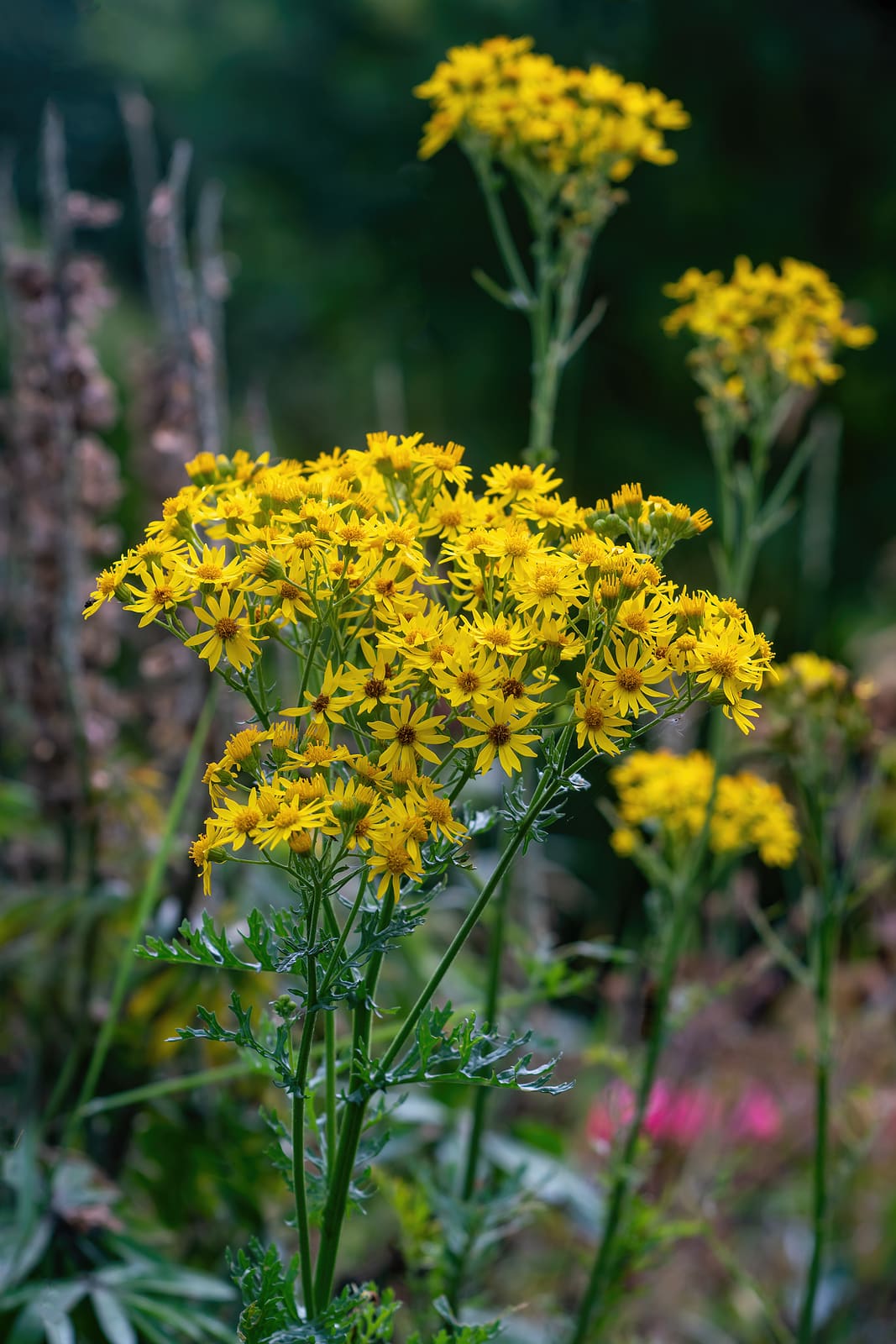
There is often no evidence of consumption until signs of liver failure begin to appear – including photosensitisation, a diminished appetite and weight loss which can progress to depression, incoordination and jaundice.
To prevent your horse from ingesting this potentially fatal plant, hay should be verified that it hasn’t come from fields containing ragwort as eating just 1-5kg of the plant over a horse’s entire life can be the cause of your equestrian friend’s death.
Ragwort thrives in poor grazing areas and wasteland, and each plant produces thousands of seeds that are widely scattered by the wind. If you’re on the lookout for ragwort, it is good to know that it takes two years to fully grow and flower. This will appear as a dense rosette of leaves in the first year, to produce bright yellow flowers on 30-100cm woody stems in the second.
If you have ragwort in your pastures, good pasture management is key to eliminating its growth. This means spraying it with herbicides when it is in its rosette stage, and uprooting and burning the plant in further stages. Avoid mowing and cutting ragwort, as it will make it grow back more quickly.
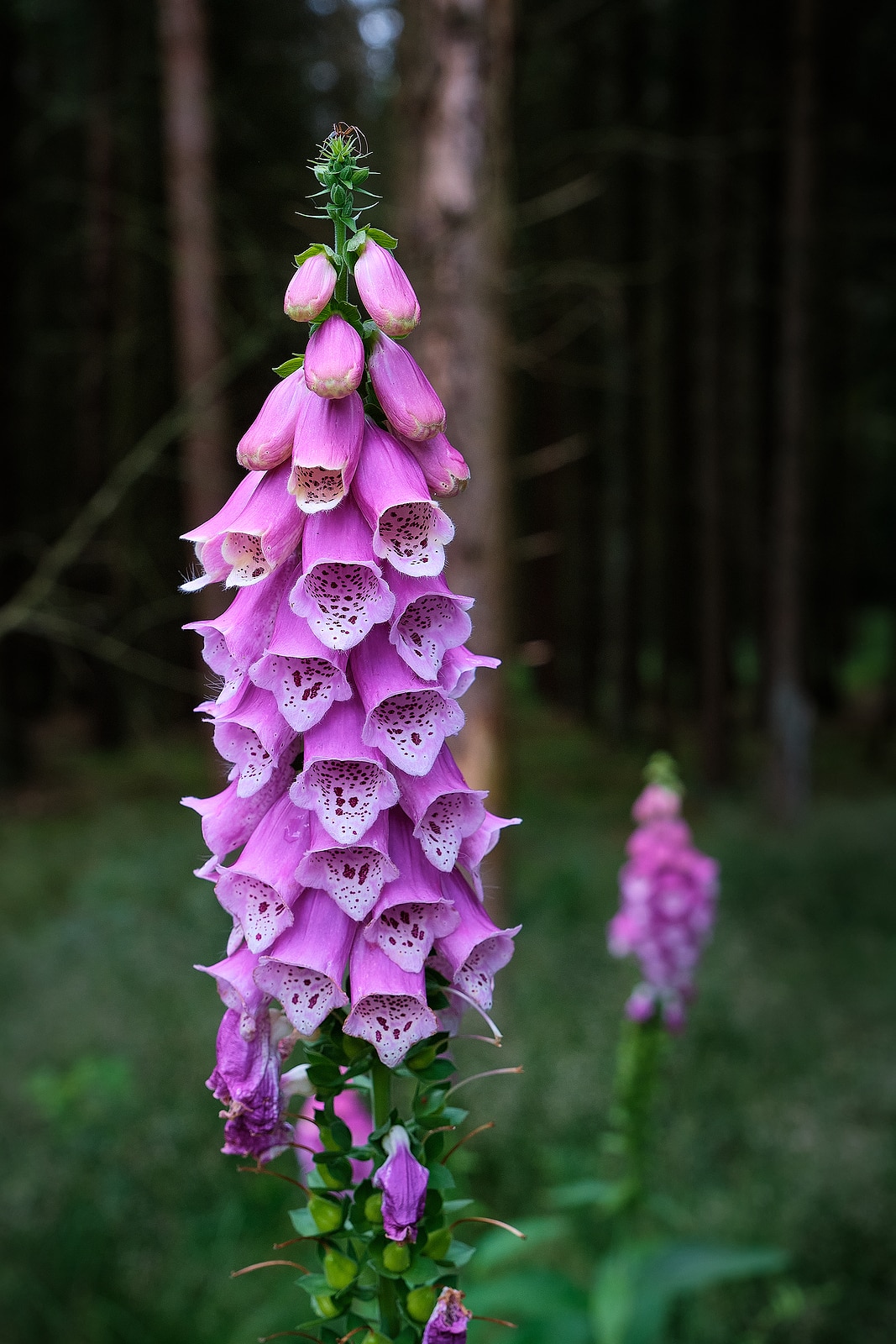
Foxglove
Although not typically eaten by horses when fresh, horses find foxglove far more palatable when dried into hay – with just 100g proving fatal to horses. To stay on top of foxglove poisoning, some symptoms to look out for include contracted pupils, convulsions, and breathing difficulties. Foxglove can even result in death after only a few hours of eating.
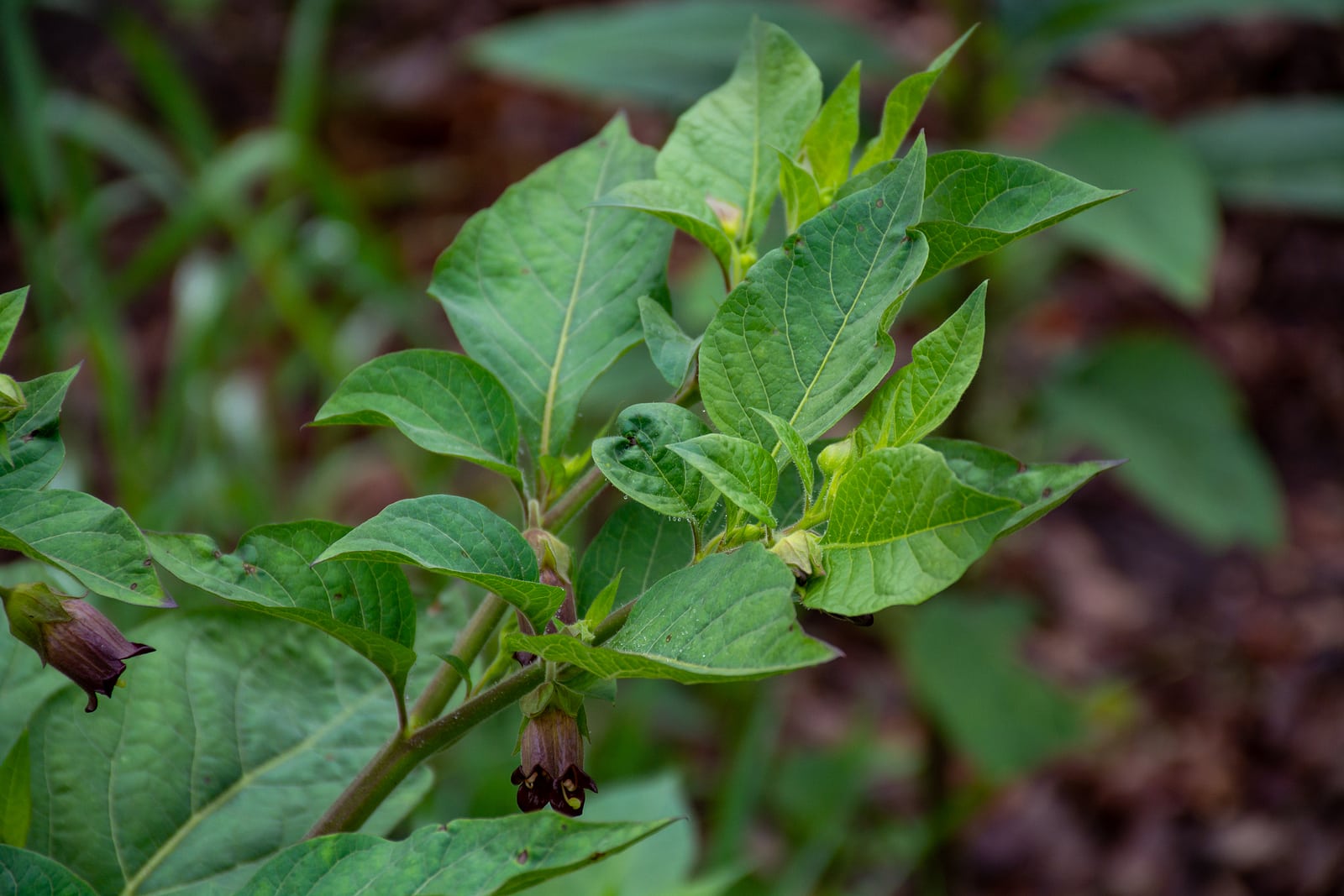
Deadly Nightshade
Although not typically fatal to horses despite its concerning name, deadly nightshade is only fatal when ingested in large quantities. However, if your horse does end up eating deadly nightshade, you should stay on the lookout for unconsciousness, dilation of the pupils and convulsions.
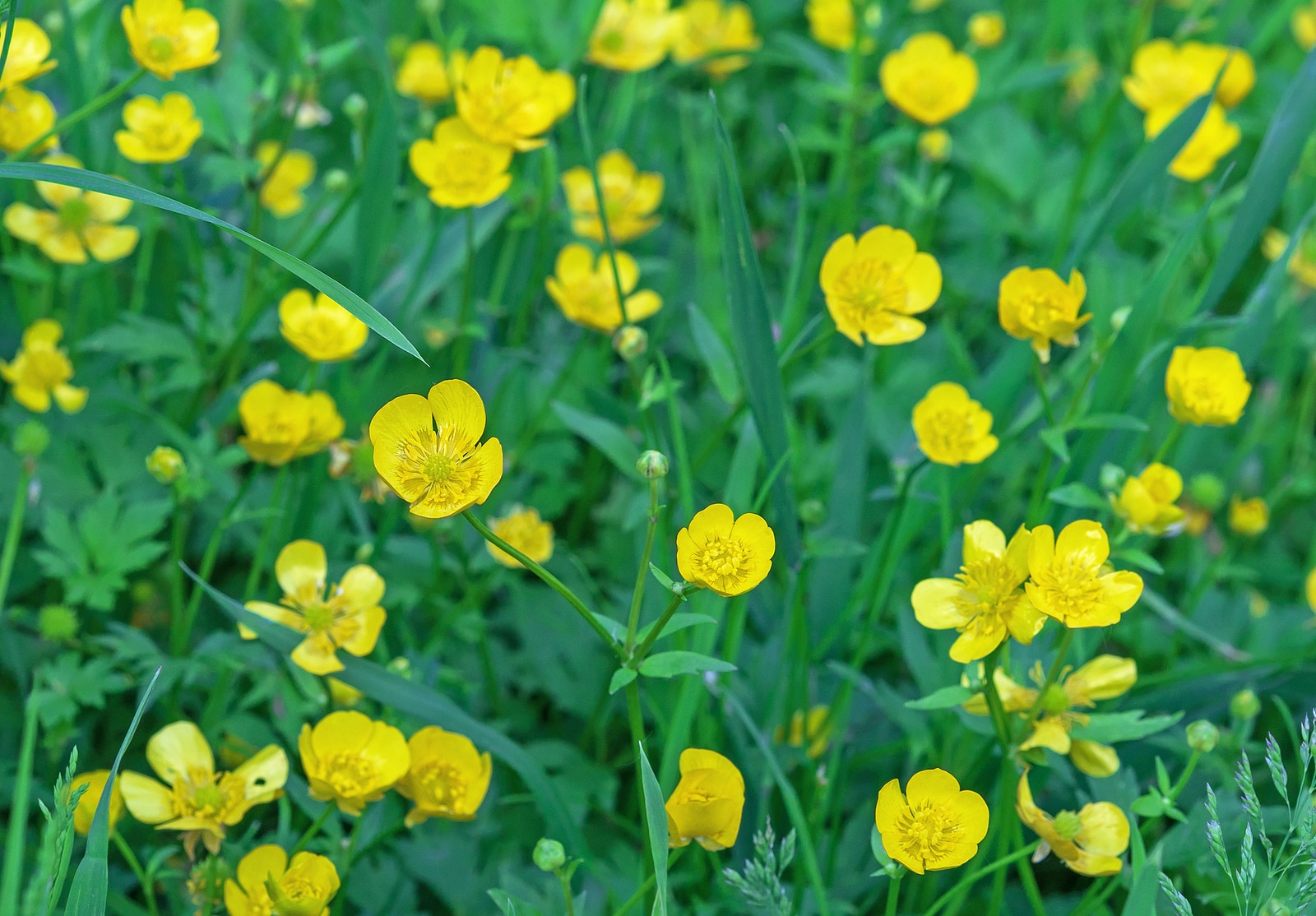
Are Buttercups Poisonous to Horses?
Although buttercups are indeed poisonous to horses if eaten fresh, which can make your horse feel poorly, in order to develop buttercup poisoning in horses, your horse would need to consume a large quantity for them to die.
If you notice your horse feeling unwell, and you have buttercups growing in your pastures, seek professional advice on spraying in order to properly remove them from grazing areas.
Additionally, dried buttercups in hay for horses are harmless so, if you see them in your horse’s hay, you will have nothing to worry about.
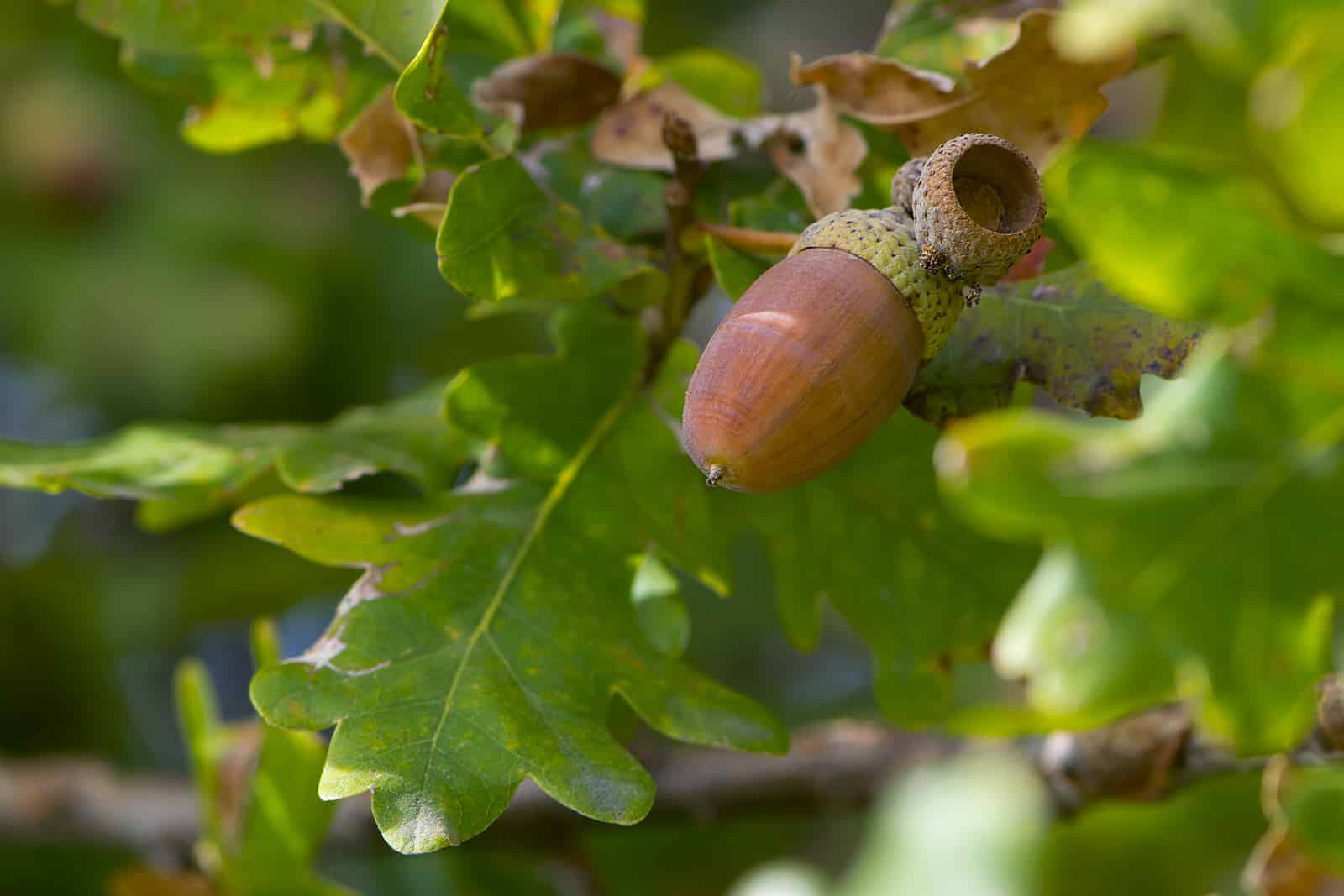
Acorns & Oak Trees
Oak trees do, indeed, pose a particularly large threat to horses when the time comes to drop their acorns in the autumn. Although horses love to eat acorns, and many animals depend on them for their nutritional needs, they should be removed at all costs.
This is because of the tannic and gallic acids found in acorns which can severely damage the equine gastrointestinal system and kidneys – leading to the potential for your horse to develop colic and poisoning when eaten in large quantities.
Collect the acorns up, or move horses to a place without oak in the autumn.
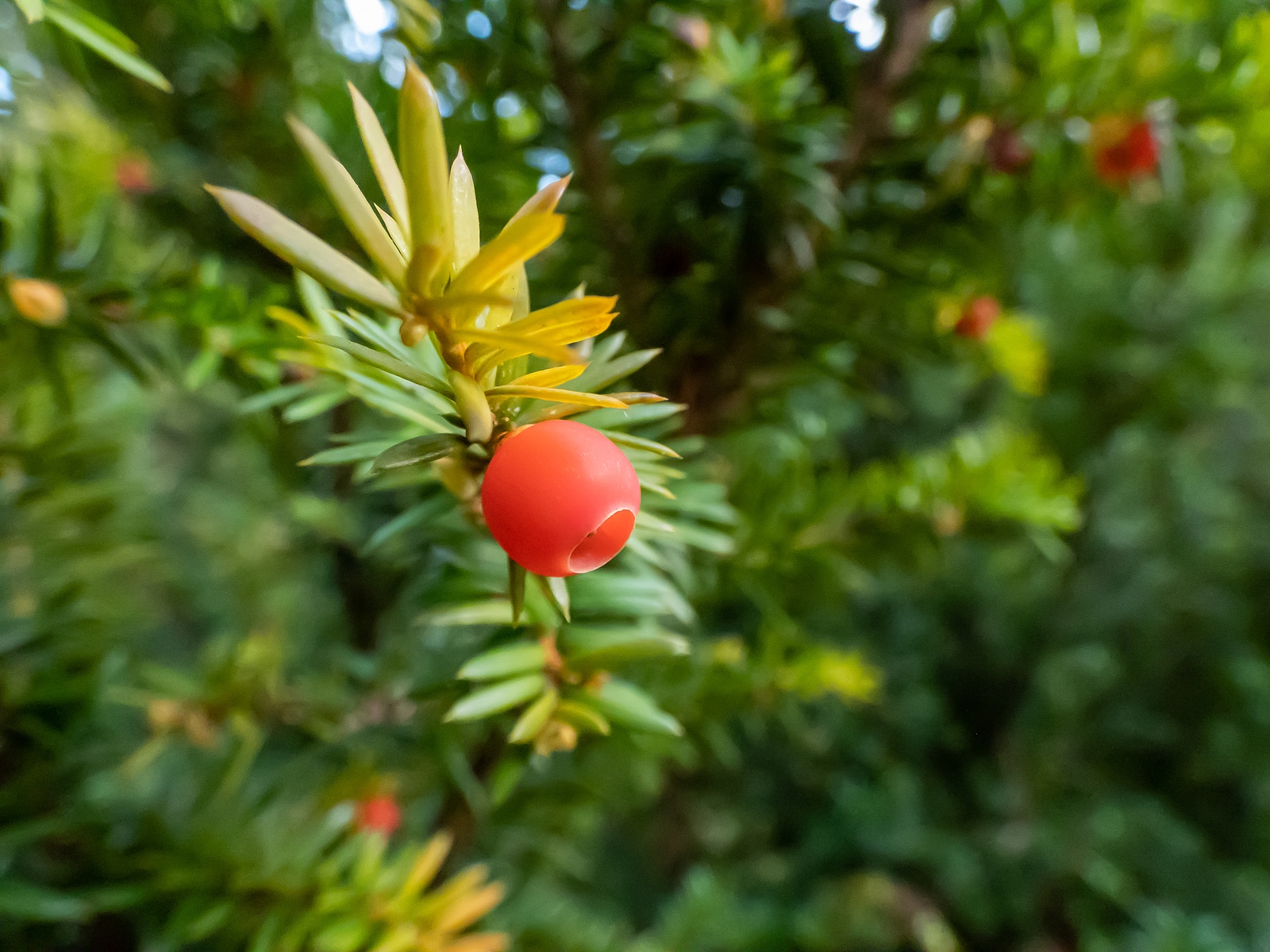
Is Yew Tree Poisonous to Horses?
Did you know that just 0.5kg of yew leaves or berries can be fatal to your horse, with the horse falling into an insensitive state similar to sleep?
Yew, identifiable as a woody evergreen shrub with closely spaced needlelike leaves, is a common occurrence in gardens, and the berries, which are often bright red or yellow with a soft and juicy hole in the end, are as lethal as the fresh plant.
We recommend staying vigilant and making yourself aware of any fallen yew leaves and berries which find their way into your field – even if the hedges are fenced off.
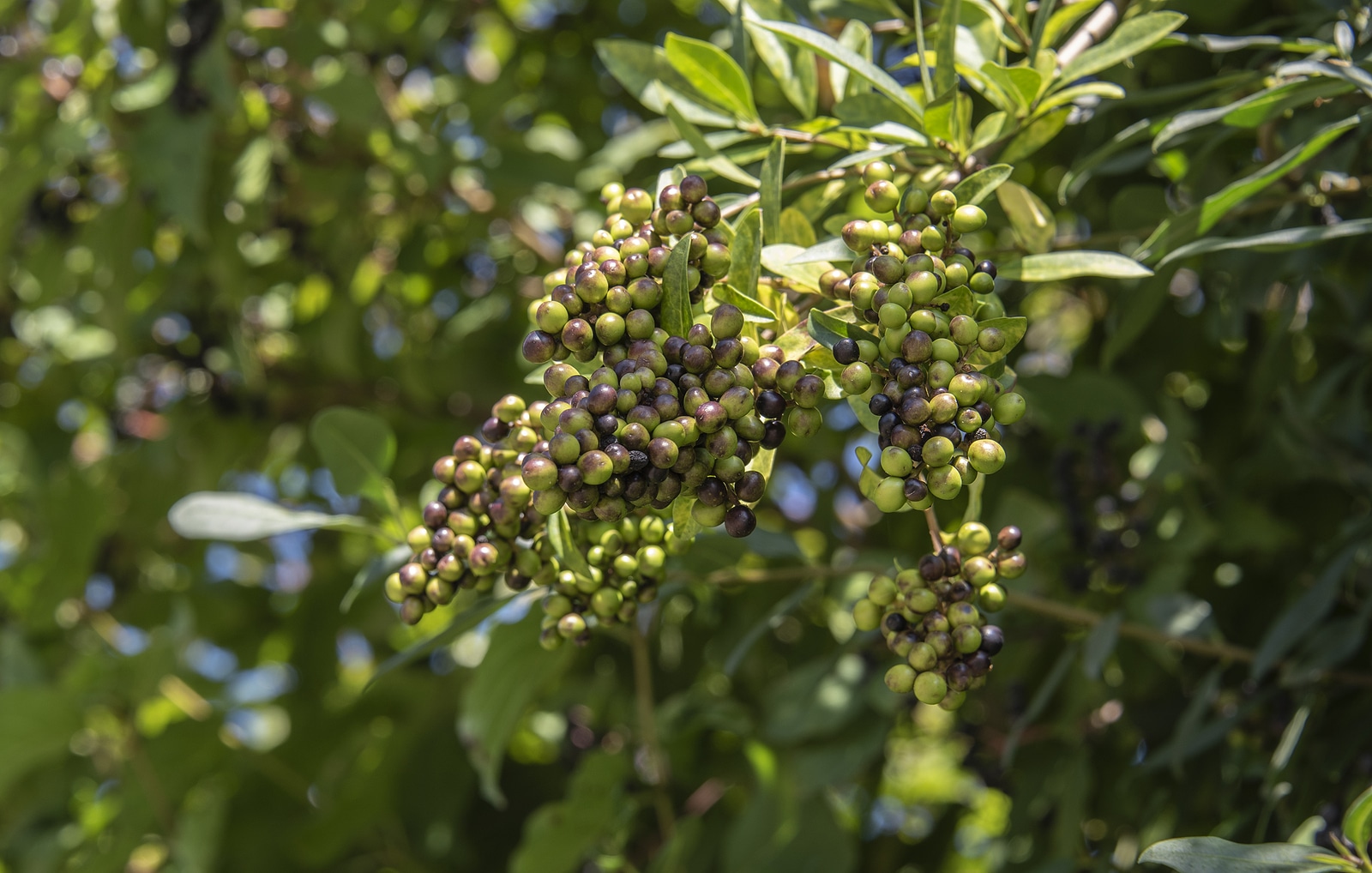
Privet
Privet and box privet is a common occurrence in gardens, and it can even be dropped into your own grass areas by neighbouring hedges. If your horse manages to eat even just a small amount, it can be fatal.
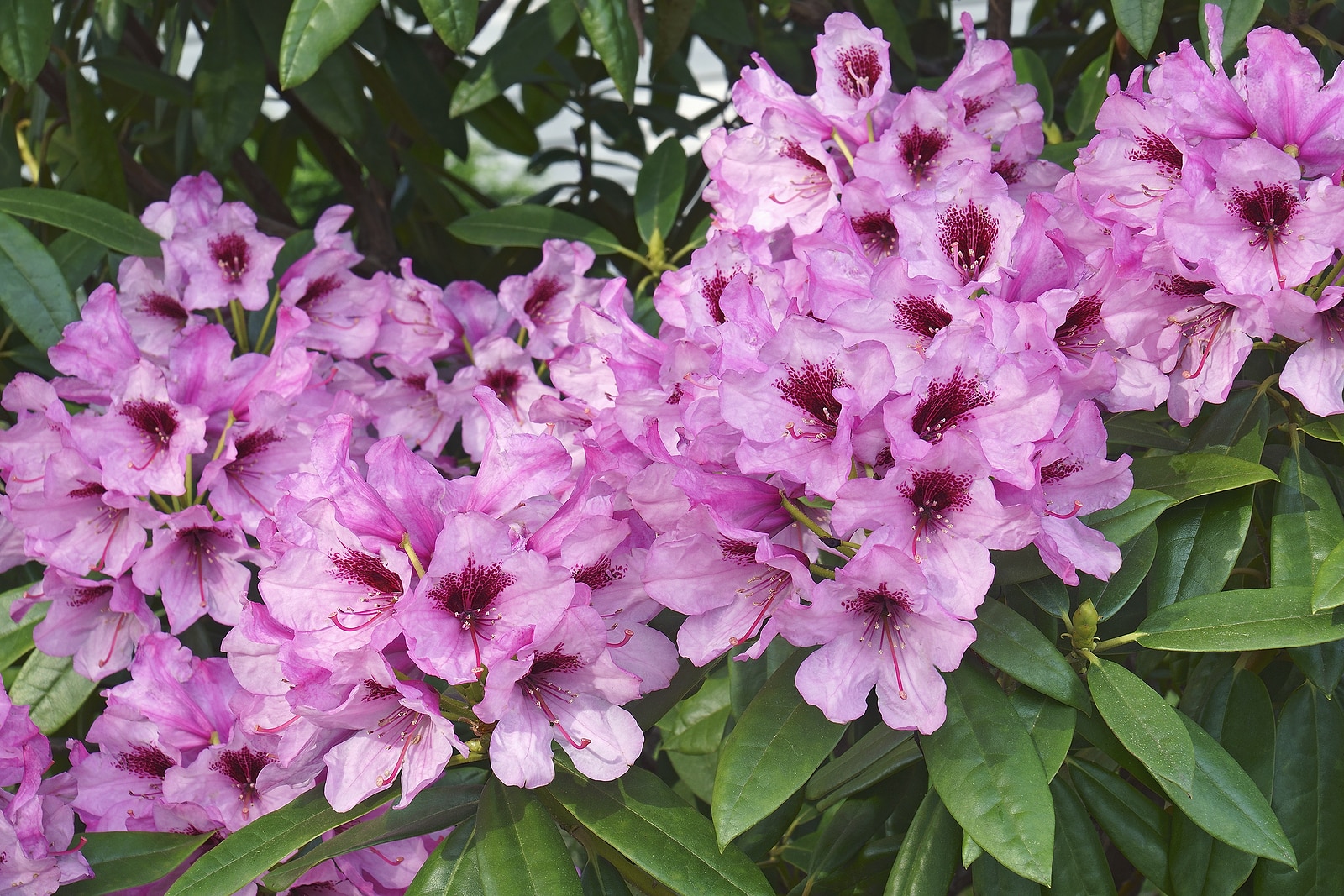
Are Rhododendrons Poisonous to Horses?
Even if ingested in very small quantities, rhododendron is extremely toxic to horses; killing a horse by causing their respiratory system to fail.
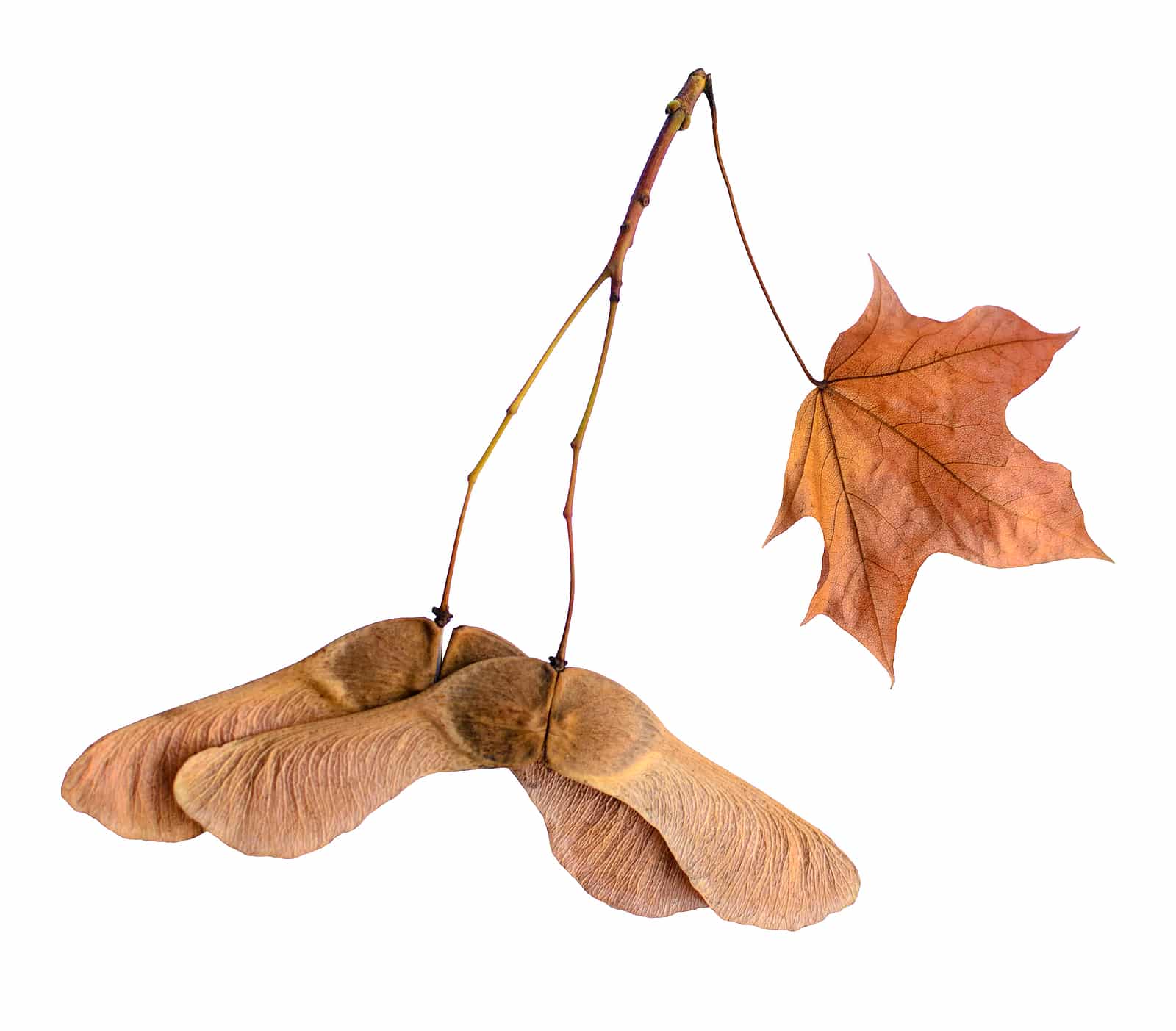
Sycamore, Maple, Other Acres
A seasonal danger to horses, primarily in the autumn and spring, helicopter seeds and the saplings which grow contain Hypoglycin-A. This toxin can cause atypical myopathy in horses, symptoms of which include muscular stiffness, reluctance to walk, muscle tremors, sweating, depression, high heart rate, and dark urine which appears reddish in colour.
If your horse has ingested the seeds or saplings of the sycamore, maple, and other trees, your horse may appear weak and non-energetic. They may also have difficulty standing, along with breathing issues, but no loss in appetite.
If your horse is experiencing these symptoms, call your vet as quickly as possible.
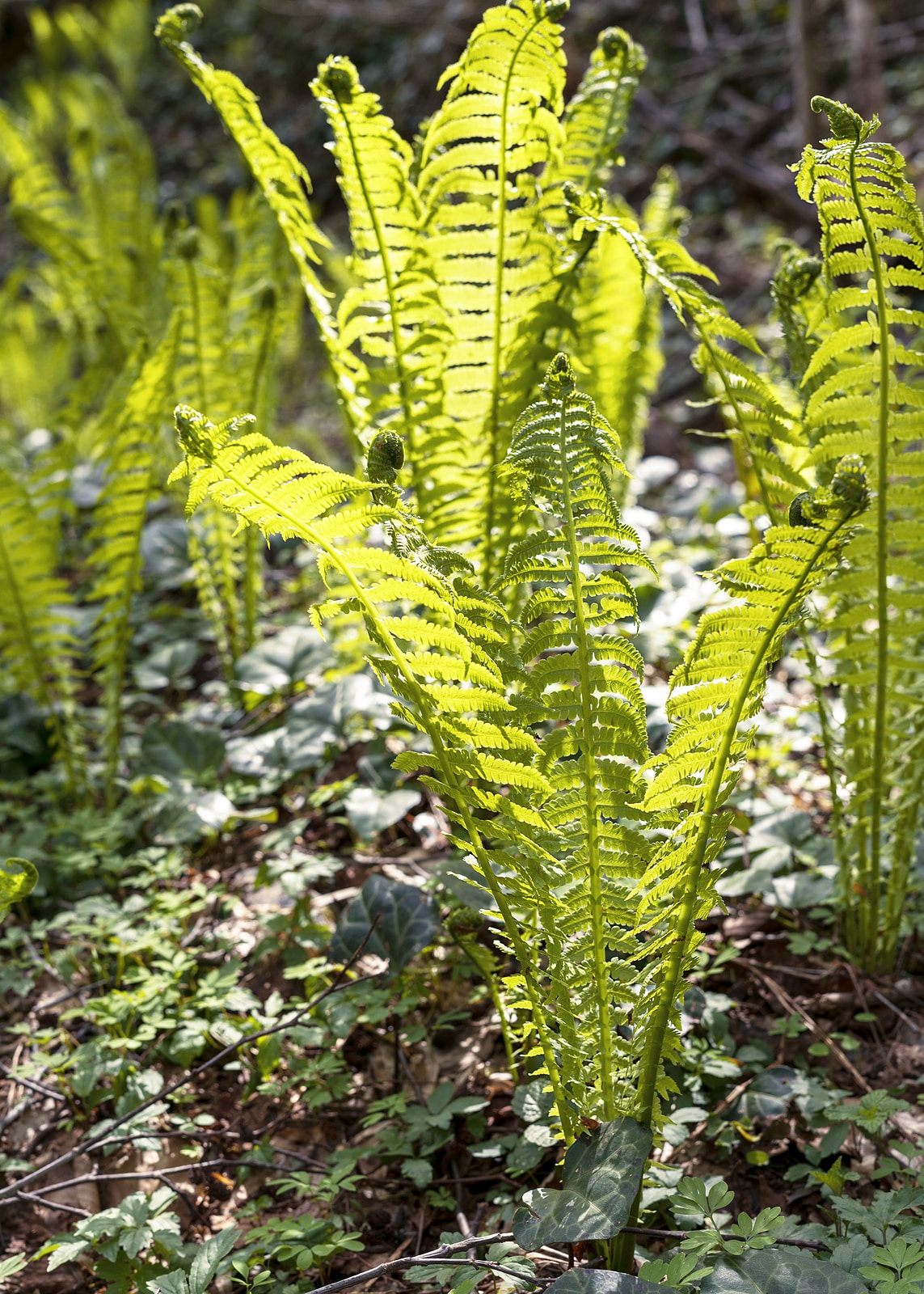
Bracken Fern
Also known as brake fern or perennial fern, bracken fern features triangular leaves which can reach up to three feet high. It also grows in clumps in moist woodland areas. Bracken fern contains thiamine, which inhibits the body’s absorption of thiamin – which is necessary for nerve function and prevention of neurological impairment.
Although the relative toxicity of individual leaves is low, with horses having to consume a lot to feel significant ill effects, horses tend to develop a taste for it if consumed often and will typically seek it out whilst foraging.
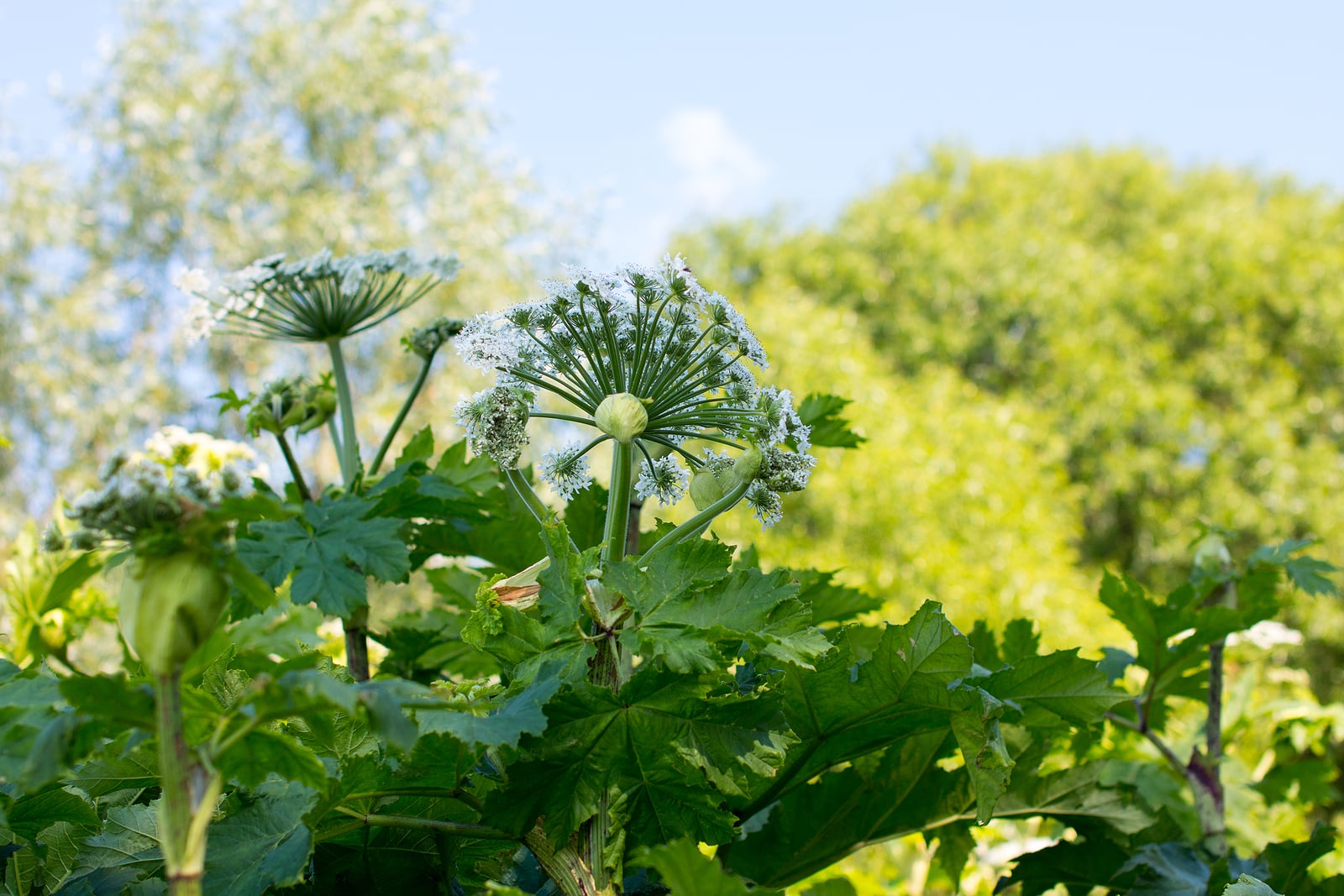
Can Horses Eat Hogweed or Hemlock?
Hemlock, also known as poison hemlock, water hemlock, spotted hemlock, and cow parsley can be identified as a multi stemmed perennial weed with toothed, fern like leaves and clusters of small white flowers. Furthermore, the stems also feature purple spots which are most prominent at the base of the plant.
So, is cow parsley poisonous to horses? The dangers of hemlock come from hemlock leaves, stems, and seeds which all contain several pretty potent neurotoxins that violently affect the central and peripheral nervous systems. Small quantities of this plant can prove a lethal dose for horses and they can be found along roadsides whilst trotting and in other open uncultivated areas.
If consumed, symptoms will appear in your horse within an hour. Some things to look out for include nervousness, tremors and incoordination, progressing to depression and diminished heart and respiratory rates and possibly colic. Fatalities typically result from a failure of the horse’s respiratory system.
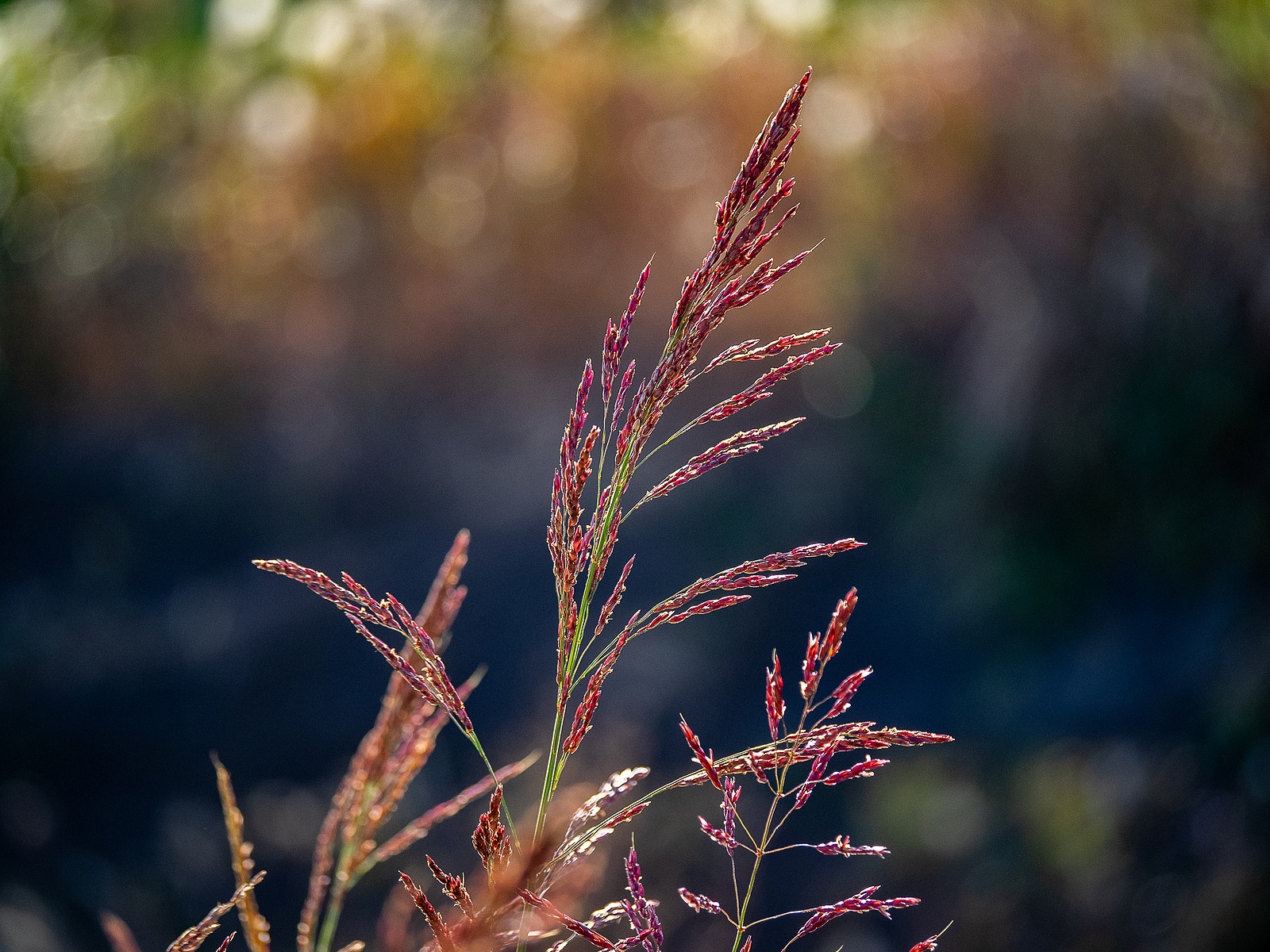
Johnsongrass / Sudan Grass
Both Johnsongrass and Sudan grass are coarse-stemmed grasses with broad, veined leaves. This kind of plant can grow to six feet in height, with both being identifiable with large, multi-branched seed heads.
The danger of these plants comes from the leaves and stems, which both contain a compound of cyanide. If metabolised into the body, this cyanide compound inhibits the horse’s ability to absorb oxygen which, in effect, suffocates the affected horse.
Younger shoots contain the highest concentrations of this toxin, however, grazing healthy adult plants is unlikely to cause harm due to the horse’s inability to metabolise cyanide compounds as efficiently as ruminant animals do. Unfortunately, if the adult plant is damaged due to wilting, trampling, or frost, the cyanide can release throughout the plant which renders them dangerous to all species.
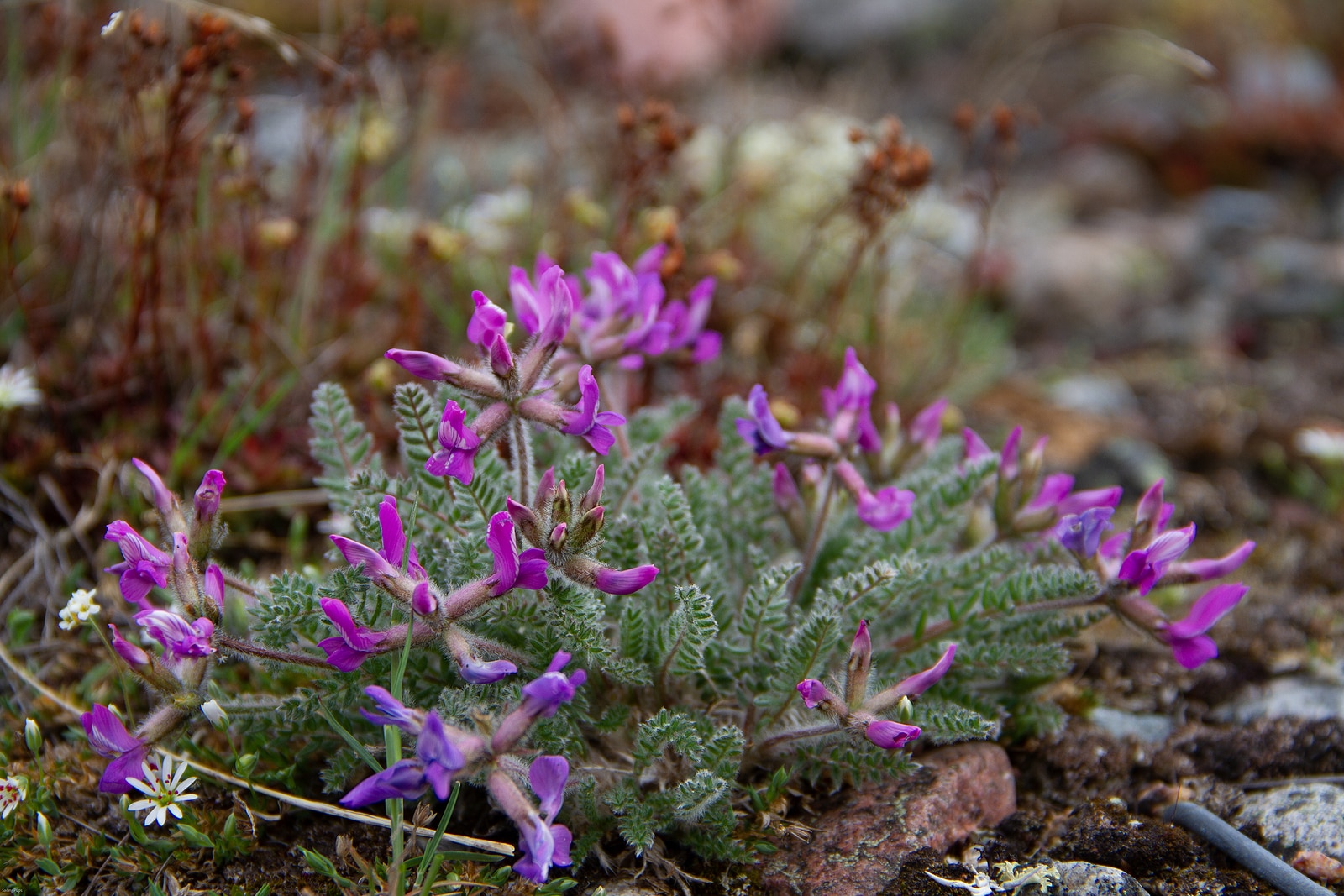
Locoweed
Locoweed, which features leafy perennials, short stems, and leaves growing in turf like formations with white or purple flowers, contain a toxin called swainsonine. Swainsonine is an alkaloid which inhibits the production of enzymes necessary for saccharide metabolism – resulting in a sugar buildup which can disrupt the function of brain cells.
If consumed, look out for strange behaviour, such as head bobbing, exaggerated high-stepping gaits, or staggering and falling. Although the effects of prolonged exposure to locoweed ingestion is irreversible, horses with less severe poisoning may recover when access to the weed is removed.
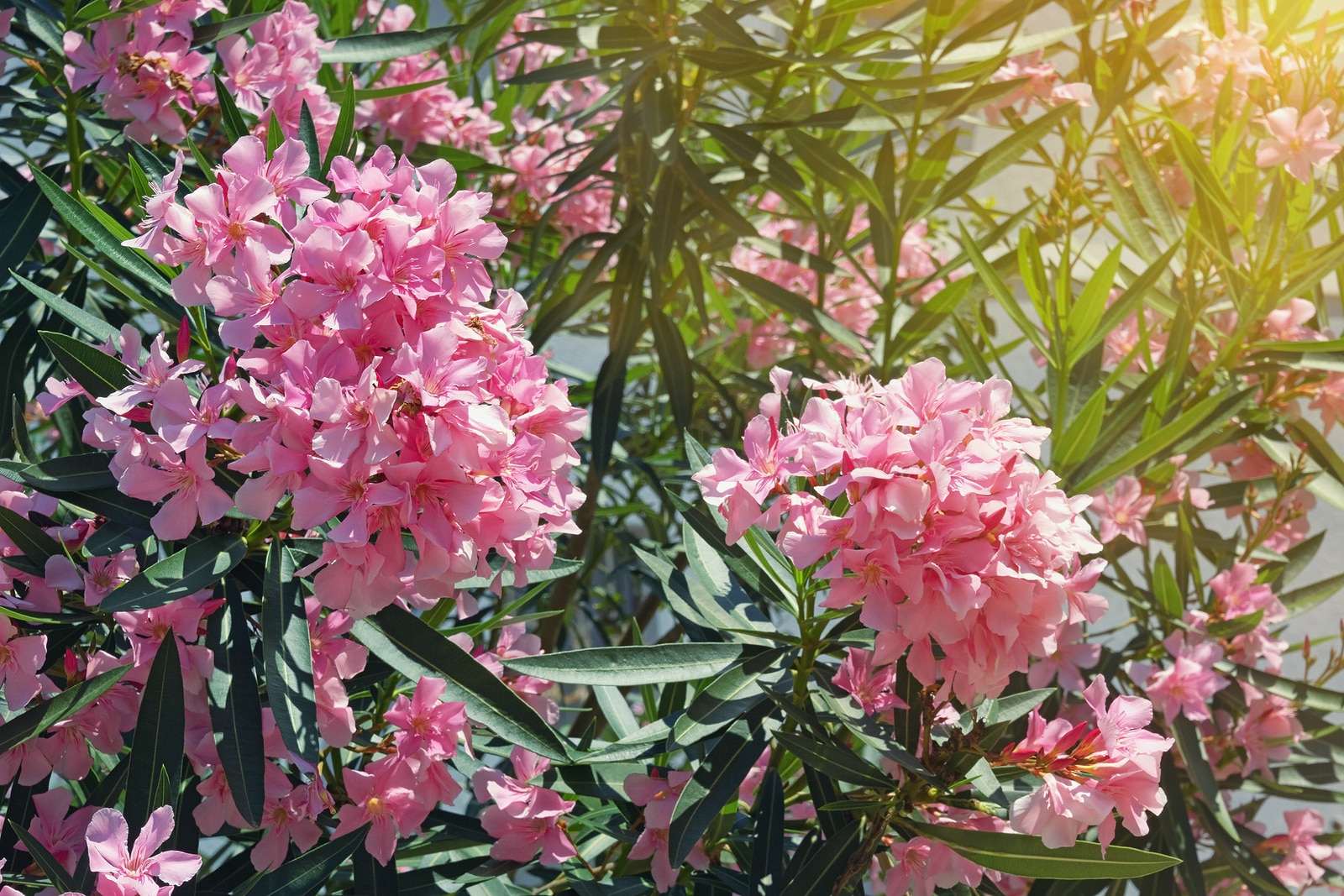
Nerium Oleander
An evergreen shrub which can reach the height of a small tree, the Nerium oleander features elongated, thick leathery leaves that can grow up to 10 inches long and clusters of flowers which are often red, white, or pink in colour.
All parts of this plant contain the oleandrin and nerine toxins, the danger of which comes from the ability to disrupt the beating of the heart. Leaves of this plant remain toxic when dried, and up to 40 leaves can be fatal when consumed by a horse.
Effects of consuming this plant are usually seen within an hour, with signs including colic, difficulty breathing, tremors, recumbency and an irregular heart rate. The pulse may be either slowed or accelerated – however, if caught early, horses can be saved with the administration of activated charcoal to inhibit toxin absorption.
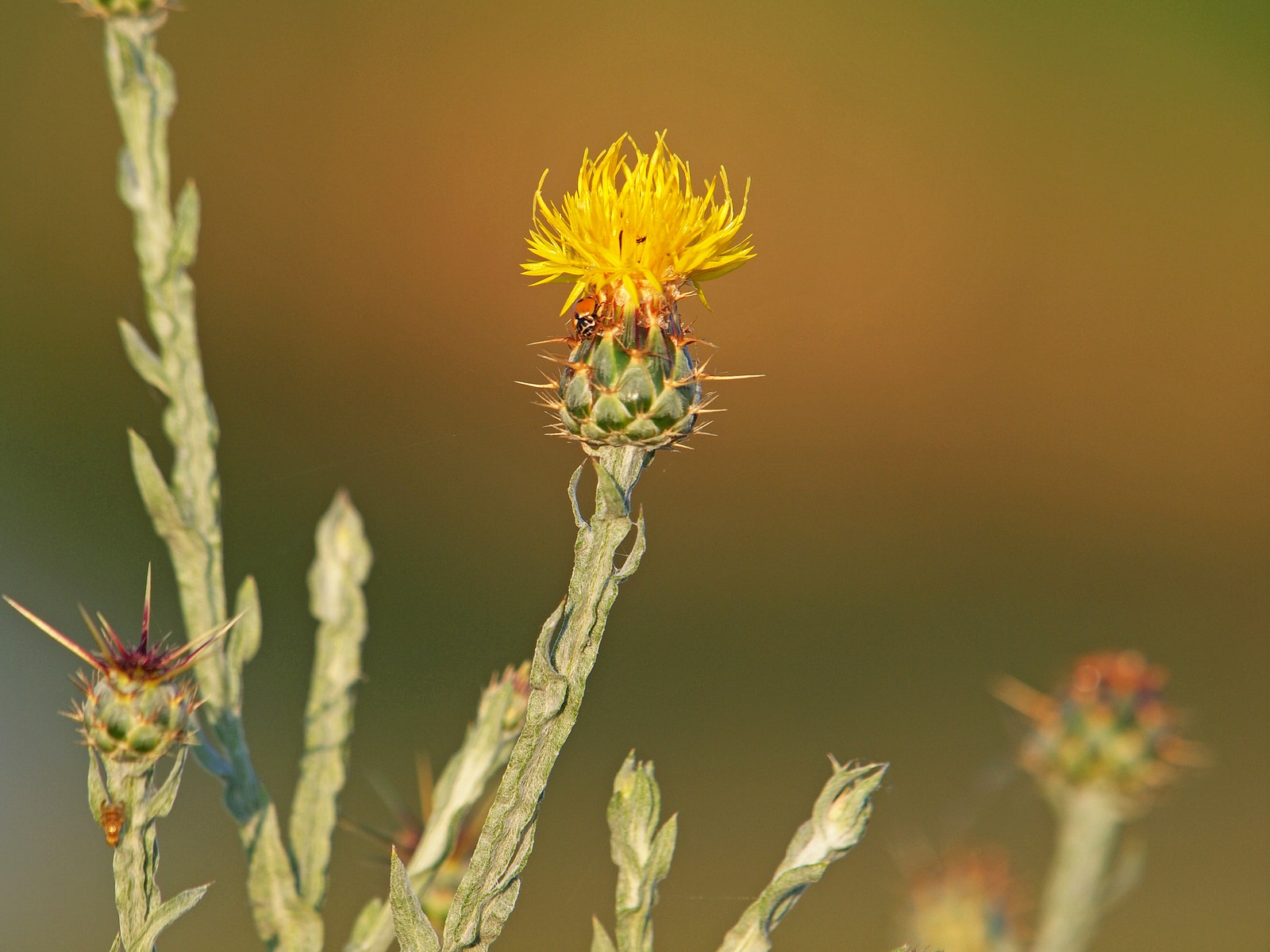
Can Horses Eat Thistles? Yellow Star Thistle / Russian Knapweed
The yellow star thistle is a yellow flower which is poisonous to horses. It is an annual weed which branches out from a single base stem to form a spherical plant up to three feet tall. It features round yellow flowers which are supported by stiff spines.
Found along roadsides and in cultivated fields and pastures, this yellow plant poisonous to horses contains a toxic agent which has an effect on the brain – inhibiting the nerves which control chewing. To receive a toxic dose, horses must consume quite a large amount of the plant – in fact, they must consume 50 to 200 per cent of their body weight over 30 to 90 days.
Unfortunately, there is no known treatment for exposure to t his toxin, and any neural damage is permanent. Euthanasia will be recommended if the horse is too debilitated to eat.
The Perfect Stable to Protect Your Horse
As part of the high level of care and attention your equine friends will need, they’ll also need a warm, safe, and comfortable stable that works to keep them out of harm’s way – helping to prevent the consumption of plants poisonous to horses. At Prime Stables, we’ll be delighted to help design a bespoke stable for your precious horse, one which keeps them happy, healthy, safe, and fully designed to your specifications.
Our friendly stable design experts will be more than happy to answer any questions you have, so please do not hesitate to contact us.
